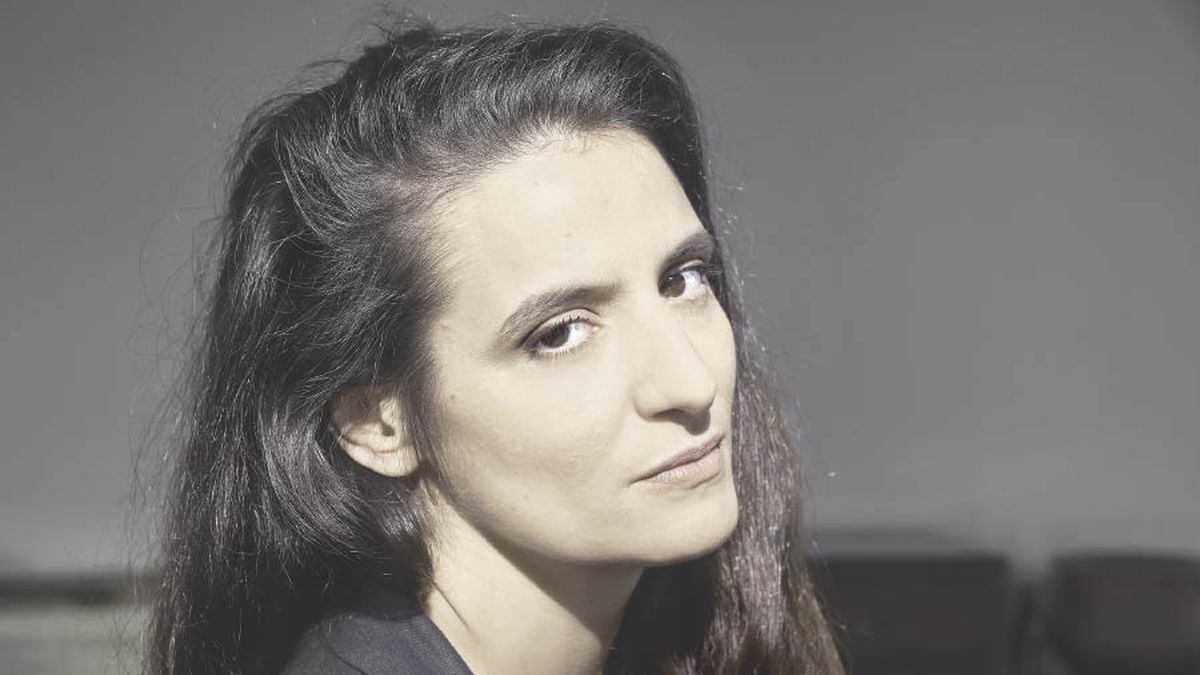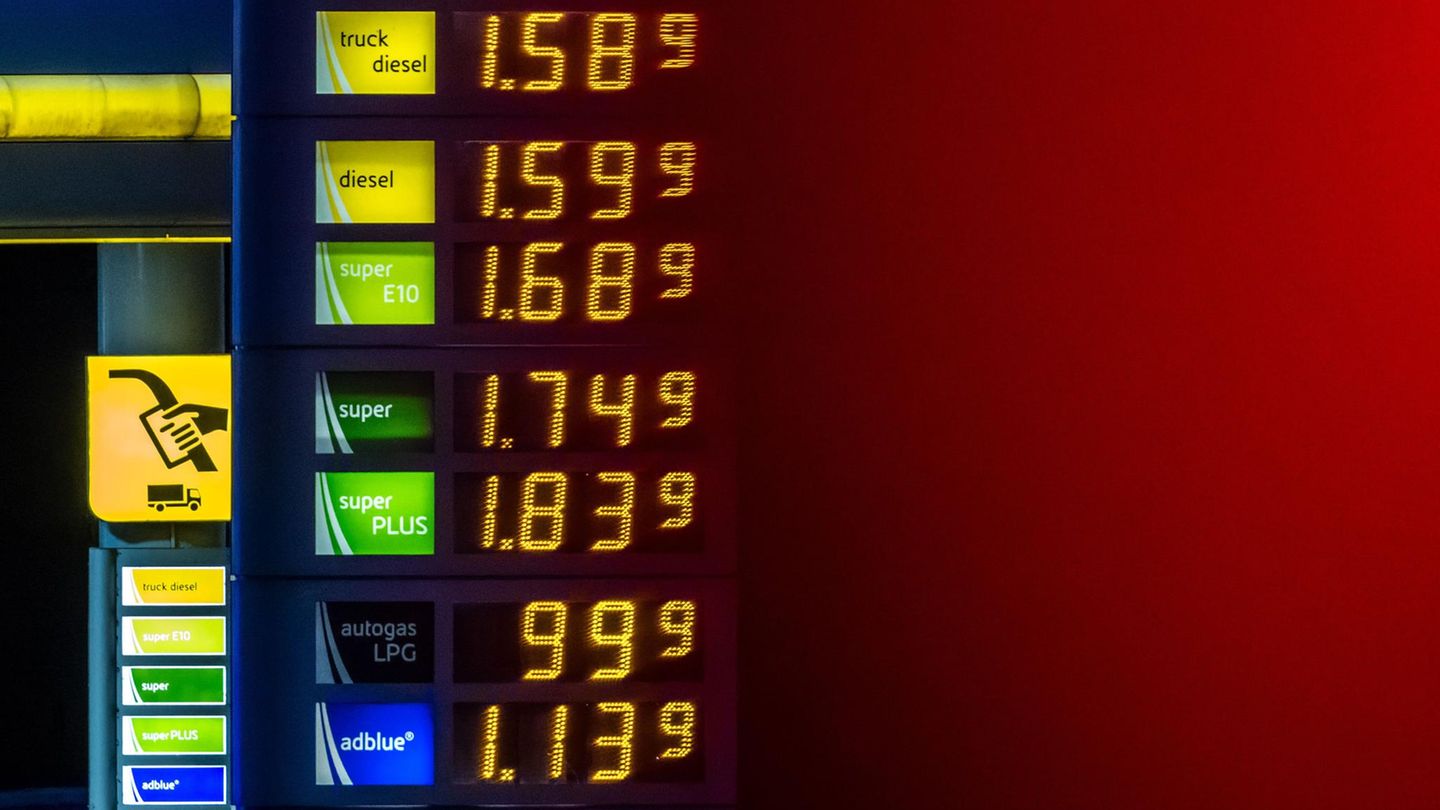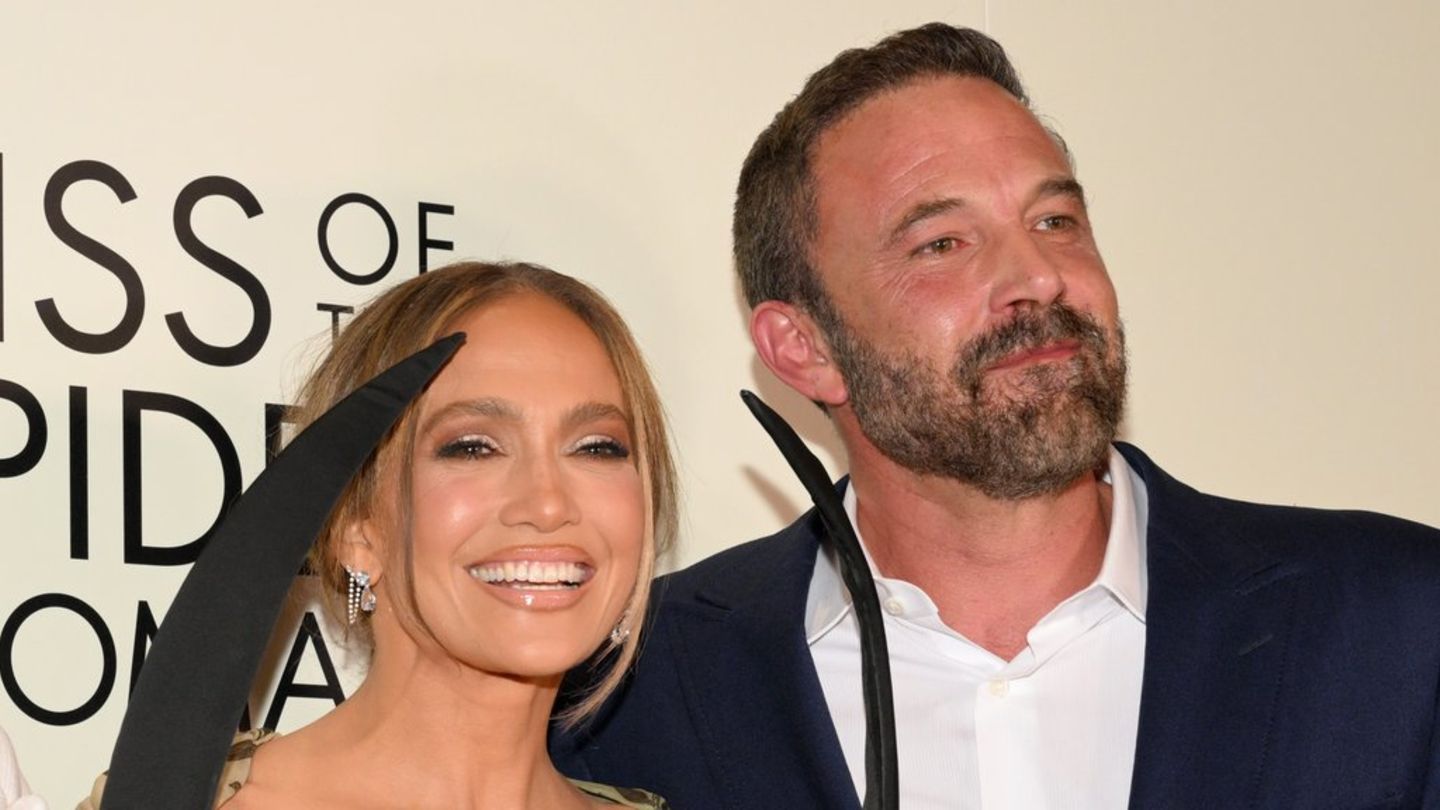“The reunion with Yuri was a great moment,” says Laso. “His work as arranger and musical director of the album was what made possible the mix of styles that he was giving me in a natural and totally unexpected way. It’s just that in the same way that tango and music sought me out without me proposing it, moving to Salta had never been in my plans either. I grew up here in Boedo, where the spirit of the old tango bars was lost for the consumption of tourists. In my house you heard a little of everything but at the same time nothing in particular. Basically popular music of all kinds, a lot of rock, that’s something generational; I think the first record I had as a girl was one by Mercedes Sosa. But I got to know tango as an adult, when I replaced theater with music and started going to the famous milonga on Independencia Avenue.”
Tango, conceived by Laso in an urban and modern version but faithful to its sources, earned her the Gardel award for her 2018 album “Martingala”, but then her personal life led her to run into another style, related to another more ancestral and not at all urban: northern folklore. “It’s because I met my current partner, Lucrecia Martel (the director of films like “La ciénaga”), and at the same time I got more and more into the world of styles like copla, carnivals and all the northern sounds, all of that while my personal relationship led me to make such an unexpected decision as to move and live in Salta”.
The influence of this contact with the music of northern Argentina is already clearly perceived in the documentary “Terminal Norte”, by Lucrecia Martel, filmed during the 2020 quarantine in Salta, with Julieta Laso officiating as master of ceremonies of a rock that brought together artists as diverse as the trans coplera Lorena Carpanchay and her colleague Mariana Carrizo, plus the trapper B Yami and the feminist duo Whiskey. Almost immediately after this experience came the project “Cabeza negra” in which Laso understood that she could naturally combine these two styles of Argentine music that, in principle, never had anything to do with each other.
“Between the rehearsals, the choice of songs by both traditional artists, be it Violeta Parra, Zitarrosa or Horacio Guarany, plus the group’s assembly, the rehearsals and the recording itself took up all of last year. And we organize ourselves so that on each of my trips to Buenos Aires we first rehearse and then finish the sessions by recording the definitive version of two of the songs on the album. It was a job that required discipline. Instead of the typical tango instrumental format, we put together a sound based on northern percussion, such as bass drum and snare drum, by Yuri himself, with emphasis on the bandoneon and different types of double bass or electric bass”.
Listening to “Cabeza Negra” it is clear that the concept was the right one: the combination of styles and genres is not forced, and it is light years away from the typical fusions of tango with electronic music and things like that that arise more from marketing and fashions that are genuinely inspired. Another quality of this album is Laso’s talent for unifying the different songs -which also include covers of Palo Pandolfo or Fito Páez- for his very personal voice and the dramatic climates that take over these standards, reaching culminating moments such as the version of “Call me when dawn” Guarany or “Corazón maldito” by Violeta Parra.
In a market where singles are increasingly being viralized on the networks to have a hit, “Cabeza negra” is a concept album in every sense, starting with the way the tracks flow, and even the art of the cover by Alejandro Ros.
The album will be presented tomorrow at the Margarita Xirgu Theater: “I think it will be a key moment for me as an artist, especially because, although it may seem hard to believe, in all this time I have never sung any of these songs in front of the public, not even in some informal presentation” explains Laso without hiding the logical emotion and anxiety. “And the most challenging thing is to make that same studio sound come to life on stage, without adding instruments other than those of the recording, for which we have been taking care of even the smallest technical detail of the concert.”
Source: Ambito
David William is a talented author who has made a name for himself in the world of writing. He is a professional author who writes on a wide range of topics, from general interest to opinion news. David is currently working as a writer at 24 hours worlds where he brings his unique perspective and in-depth research to his articles, making them both informative and engaging.




